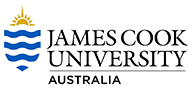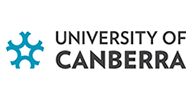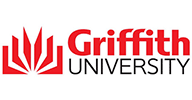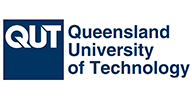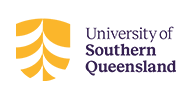No matter what your circumstances, TAFE Queensland has a payment option to suit you. If you are unsure of what’s right for you, get in touch. We’re here to help.
Payment plan
If you have difficulty paying for the full cost of a course upfront, you may be eligible for a payment plan.
Learn moreUpfront payment
This may be the full fee for the course, or the student contribution amount if you are eligible for a subsidy or concession.
Learn moreVET Student Loan - $19,290 cap
The VET Student Loans program assists eligible students enrolled in approved courses to pay their tuition fees. The Australian Government charges full fee-paying (non-subsidised) students a 20 per cent loan fee in addition to their tuition fees. A VET Student Loan is a debt that must be repaid.
Learn moreInternational student payment
Our preferred payment method is telegraphic transfer or credit card using Convera Global Pay for Students or the Flywire Payment Portal. Convera and Flywire both allow you to complete your payment in your own currency using a telegraphic transfer with no processing fees or delays.
Learn more
